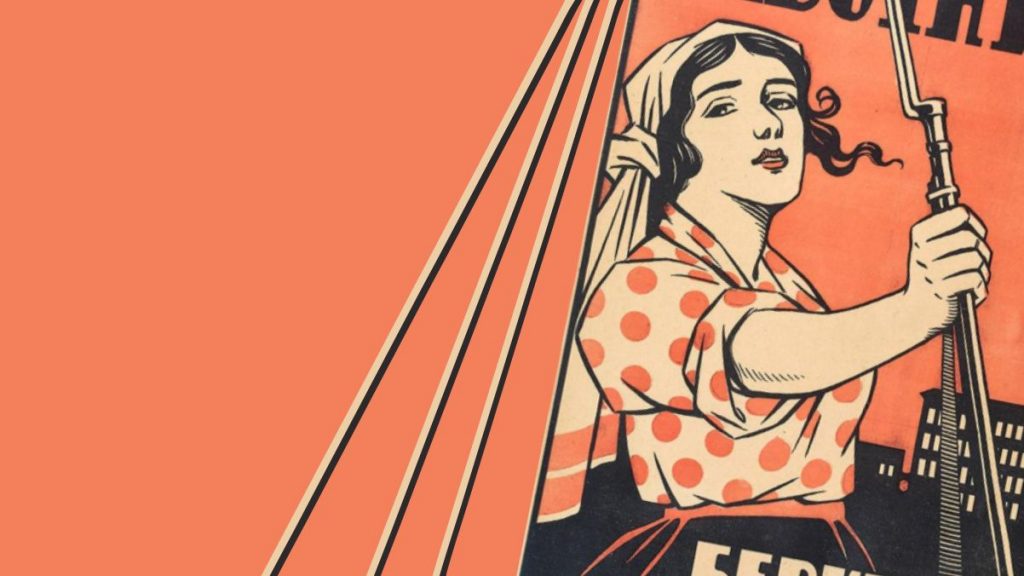The misappropriately titled REAL Women of Canada is a self avowed group of Christian women, fundamentalist Christians to be exact. White Whing Conservative Christian women to be more exact.
Along with attacks on unions, gays, pro-choice advocates, and anyone whose values are not theirs, read pluralistic secular progressive and classical liberal, they were created to attack feminism and feminist gains for women.
Of course they are only several centuries late since the feminist movement began with the classical liberal work A Vindication of the Rights of Woman by Mary Wollstoncraft written in 1792!
Mary was married to anarchist Willam Godwin, mother of the author of Frankenstein; Mary Wollstonecroft Shelly. And she was an intellectual partner of liberal author J.S. Mills.
REAL Women have always viewed themselves as good old girls, the ladies auxilary of the right wing neo-cons. For women who say that a womans place is in the home, they sure do alot of public bitching about the State replacing the Church as the source of social services.
They have launched a campaign to end funding for the Status of Women. As usaual, its an annual event for this small vocal minority. It's an old war, as Marriane Faithful would say, between those who advocate for womens rights, and those who advocate for christian rites.
Joined in this oppurtunistic campaign to get the Harpocrites to end funding for Status of Women is the right whing blogosphere, with the usual comments from both men and women in that small minded community saying that Feminists don't speak for them.
And the usual smear campaigns about radical feminist groups funded by Status of Women, radicals like LEAF which represents women lawyers. Or those radicals in the Aboriginal movement, the women adovactes who are fighting for their rights against the family compacts of Department of Indian Affairs approved Chiefs who dominate the Aboriginal Political community. Opps the right wing usually likes these women.
Ah well consistency is the hobgoblin of the little minds on the right. Caus one of the arguements REALwomen and their ilk use is that THEY don't get funded by Status of Women. So no womens groups should. They are NOT arguing that taxpayers should NOT pay for womens organizations to lobby the government, just that they don't get funded by the State. And that's not fair. Yep consistency is the hobgoblin.....
You would think that since the Churches are tax free and lobby on behalf of REAL Womens political agenda this would suffice as ripping off taxpayers. But REAL Women wants to rip you off twice. And then if that isn't enough wishes to end lobbying that would counter their taxpayer funded lobbying efforts.
P.S. the Housewife on the magazine cover is probably an Irish maid. The bourgoise housewife MANAGED the home, like her husband the boss at work managed his workplace.
Also See:
Who Speaks For Canadian Women
Catholic Hajib
New Age Libertarian Manifesto
Grandmother of Second Wave Feminism Dies
The Real Crime In Canada
The Sanctity of Marriage Debate
Find blog posts, photos, events and more off-site about:
SOW, StatusofWomen, Canada, REALwomen, Christians, Feminists, feminism, Poltics, Harper, PM, Conservatives, neo-cons, lobby
















